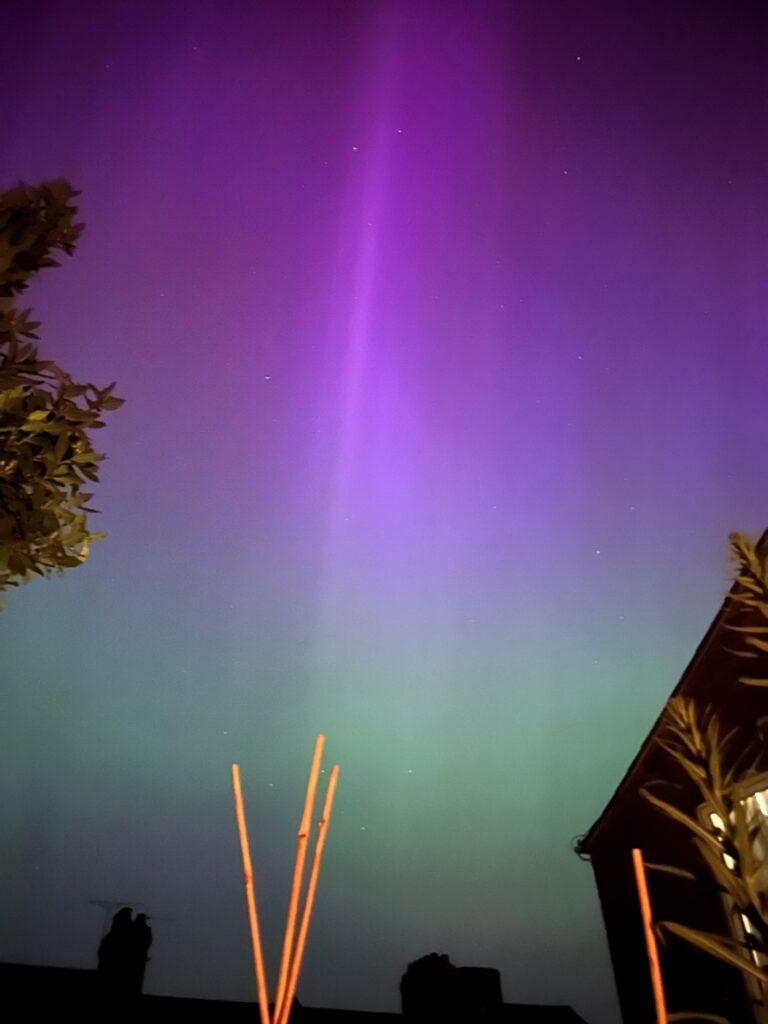How the Aurora Borealis can affect us and what we can do to mitigate these potential problems.
As we all stared up in wonder at the dazzling Aurora Borealis dancing across the sky, few of us were thinking about the dangers this spectacle posed to our digitally entwined lives. In this article, join Website Manager Paddy Myers as he discusses how It can affect us and what we can do to mitigate these potential problems.
So what is the Aurora Borealis?
The sun may be over 93 million miles away from us, but we feel the effects of it every day. From the sunburn, we might get to the change in mood for many, if we don’t see it as often as we would like but there is another influence it has on us that can disrupt our digital lives.
The sun is constantly ejecting particles from its surface that head towards Earth, which is often called the solar wind. When these charged particles interact with our atmosphere (mainly at the poles where our magnetic field is strongest) on a dark clear night we can see a spectacle of dancing colours that seem otherworldly.
Occasionally the sun produces a much more violent burst of particles called a mass ejection. These are the ones we must be particularly aware of as they have the potential to disrupt much of our network that relies on electricity.

What are the potential effects of a large ejection hitting the earth?
In 1859 the largest geomagnetic storm in recorded history hit the earth. It was so large it was named the Carrington Event. At the time it caused widespread disruption to the telegraph network (even giving some of the operators electric shocks!) If a Geostorm of similar magnitude were to hit the earth today and no mitigation was put in place, it would cause widespread damage to anything that uses electricity and is not shielded from such radiation.
Mobile phone networks, Internet connections, GPS services, and many other vital day-to-day applications that we have become so dependent on could all see significant disruption.
What can we do to mitigate the effects?
Such is the importance the digital world now commands in our daily lives that the Met Office set up the Space Weather Operations Centre in 2014 to actively monitor the sun for these damaging outbursts. The information gathered can then predict these events and give the relevant providers enough time to protect against these particles.
Satellites can be put on standby; Airlines can use alternate routes and the electric grid can be down powered to cope with the surge in energy that these particles can initiate in these systems. On a more personal note – If there is a particularly large storm, shutting down your devices can help protect them from damage.
So next time we see the spectacular site of the northern lights it might be worth having a quick look on the Space Weather Operations Centre webpage to see if your electronic devices are safe to use.



